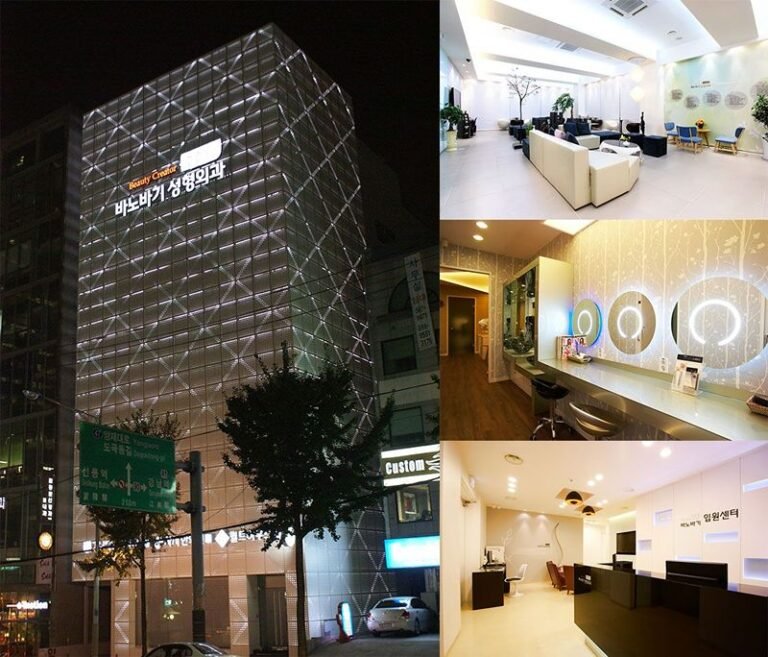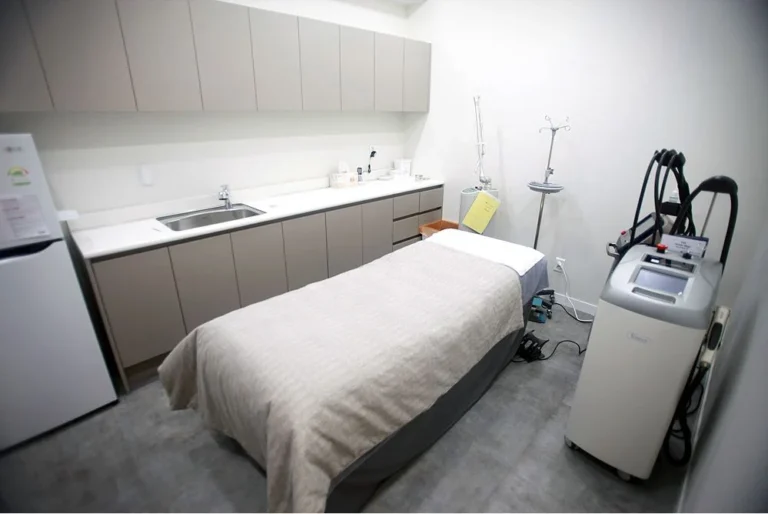Melasma is a challenging skin condition that often requires a multi-modal approach—and topical creams are a foundational element of any treatment plan. In Korea, dermatologists rely on a customized selection of prescription-strength and clinical-grade topical products to manage melasma effectively and safely.
This guide explores the most commonly prescribed melasma creams in Korean dermatology clinics, why they’re used, how they’re combined, and patient-friendly usage guidelines for optimal results.
🌞 Why Topical Therapy Matters for Melasma
Topical creams are used to:
- Inhibit melanin production at the cellular level
- Brighten hyperpigmented patches over time
- Calm inflammation and oxidative stress
- Enhance results of laser or oral treatments
- Maintain results and prevent recurrence
Korean dermatologists customize formulations based on melasma type (epidermal vs. dermal), skin sensitivity, and pigmentation depth.
💊 Topical Prescription Options in Korean Clinics
1. Hydroquinone (HQ)
Function: A gold-standard melanin suppressant that inhibits tyrosinase.
- Strength: 2–4% in Korea (higher concentrations used short-term only)
- Typical usage: 4–8 weeks in pulsed therapy cycles
- Often combined with: Tretinoin and corticosteroids (triple combination)
⚠️ Caution: Can cause irritation, rebound pigmentation, or ochronosis if overused. Korean dermatologists monitor closely and advise periodic “rest periods.”
2. Tretinoin (Retinoic Acid)
Function: Boosts skin cell turnover, allowing faster pigment fading and enhancing ingredient absorption.
- Strength: 0.025–0.05%
- Effectiveness: Works well in epidermal melasma and as a maintenance agent
- Often paired with: Hydroquinone or azelaic acid for synergy
Tips for use:
- Start slowly (2–3 times/week)
- Use only at night
- Buffer with moisturizer if dryness occurs
3. Topical Tranexamic Acid (TXA)
Function: Blocks UV-induced plasminogen activation, reducing melanin production and vascular component of melasma.
- Concentration: 2–5%
- Format: Creams, ampoules, or serums
- Best for: Sensitive skin, pregnancy-related melasma, long-term prevention
Korean clinics often use TXA as a safer alternative to hydroquinone for those with sensitive or reactive skin types.
4. Azelaic Acid
Function: A naturally derived acid that reduces pigment and inflammation.
- Concentration: 10–20%
- Benefits: Antibacterial, non-comedogenic, safe during pregnancy
- Texture: Often prescribed as a lightweight gel or cream
Commonly recommended for:
- Patients with acne-prone or oily skin
- Sensitive skin with rosacea-like symptoms
- Long-term melasma control post-laser
5. Cysteamine Cream
Function: Breaks down melanin synthesis pathways and acts as a powerful antioxidant.
- Korean brand names: Cyspera, DermaCyste, Cysteamin™
- Treatment duration: Apply once daily for 15–30 minutes, then rinse off
- Usage frequency: Tapered based on response
Favored in patients who cannot tolerate hydroquinone, and safe for long-term use under guidance.
6. Niacinamide (Vitamin B3)
Function: Inhibits melanosome transfer, strengthens skin barrier, reduces inflammation.
- Concentration: 2–5%
- Use: Daily maintenance or adjunctive therapy
- Benefit: Good for hydrating and calming irritated skin
In Korea, niacinamide is frequently included in post-laser creams and prescription-branded skin-calming ampoules.
7. Kojic Acid & Arbutin
Function: Tyrosinase inhibitors that provide gentle, plant-based brightening.
- Use: In combination with retinoids or TXA
- Strength: Usually 1–3% in compounded formulas
- Caution: Kojic acid may cause mild irritation in sensitive skin types
💡 Combination Formulations Used in Korean Clinics
Korean dermatologists often compound prescription creams to streamline application and improve synergy:
| Formula Type | Ingredients | Purpose |
|---|---|---|
| Triple Therapy | Hydroquinone + Tretinoin + Mild Steroid | Short-term clearance |
| Barrier-Friendly Brightening | TXA + Niacinamide + Ceramide | Long-term maintenance |
| Post-Laser Care | TXA + Vitamin C + Panthenol | Reduce inflammation and pigment |
| Pregnancy-Safe Formula | Azelaic acid + Niacinamide | Gentle daily control |
These may be dispensed directly from the clinic pharmacy with custom dosing schedules.
📋 Guidelines for Safe and Effective Use
✅ Do:
- Use only as directed by your dermatologist
- Apply sunscreen daily (SPF 50+/PA++++)
- Moisturize after applying active ingredients
- Patch test new formulas
- Follow treatment cycles to avoid resistance or rebound
❌ Avoid:
- Prolonged use of hydroquinone without breaks
- DIY mixing of acids or brighteners
- Skipping sunscreen
- Using exfoliants alongside prescription creams
- Treating melasma like typical “sun spots”
🏥 What Korean Clinics Provide
- One-on-one prescription plan
- In-house compounding pharmacy
- Post-laser prescription kits
- Product usage training
- Follow-up consultations (in-person or remote)
Clinics like Banobagi, Oracle, and MUSE also provide written skincare schedules and ingredient explanations in English, Chinese, or Thai.
🧳 For International Patients
If you’re visiting Korea for melasma care, expect:
- Skin analysis on Day 1
- Prescription creams provided onsite or coordinated with a nearby pharmacy
- Home-use instructions translated into your language
- Access to branded Korean cosmeceuticals (TXA ampoules, stem cell calming creams, etc.)
Dermatologists may even tailor your topical plan based on your return destination’s climate (hot/humid vs. dry/cold).
💬 Final Thoughts
Topical creams are an essential part of melasma treatment—but their effectiveness depends entirely on how well they’re selected and used. Korean dermatologists lead the way with personalized, evidence-based, and cycle-friendly prescriptions that work in harmony with laser and systemic therapy.
With proper guidance, you can fade stubborn pigmentation while keeping your skin barrier healthy and resilient.




